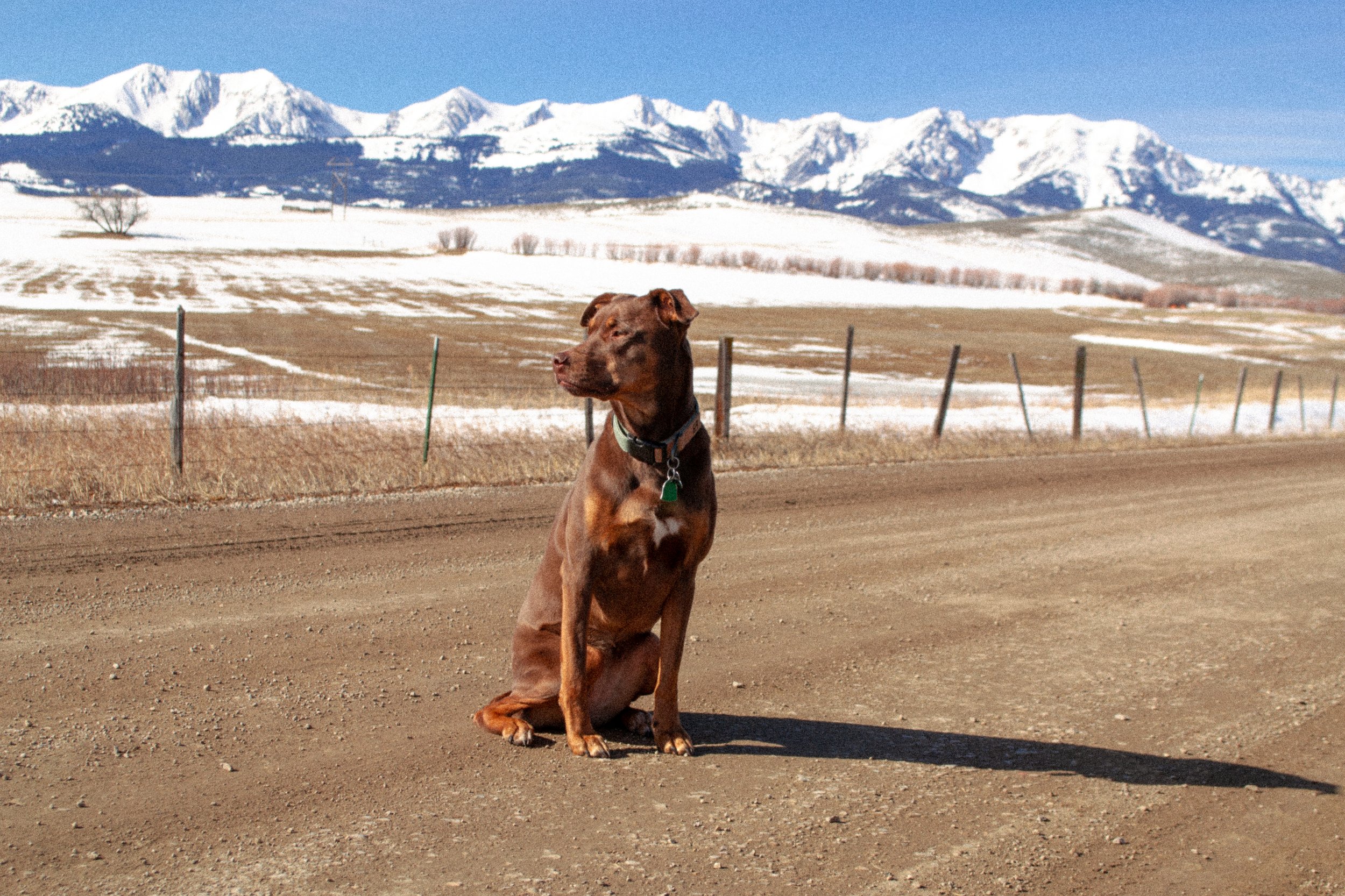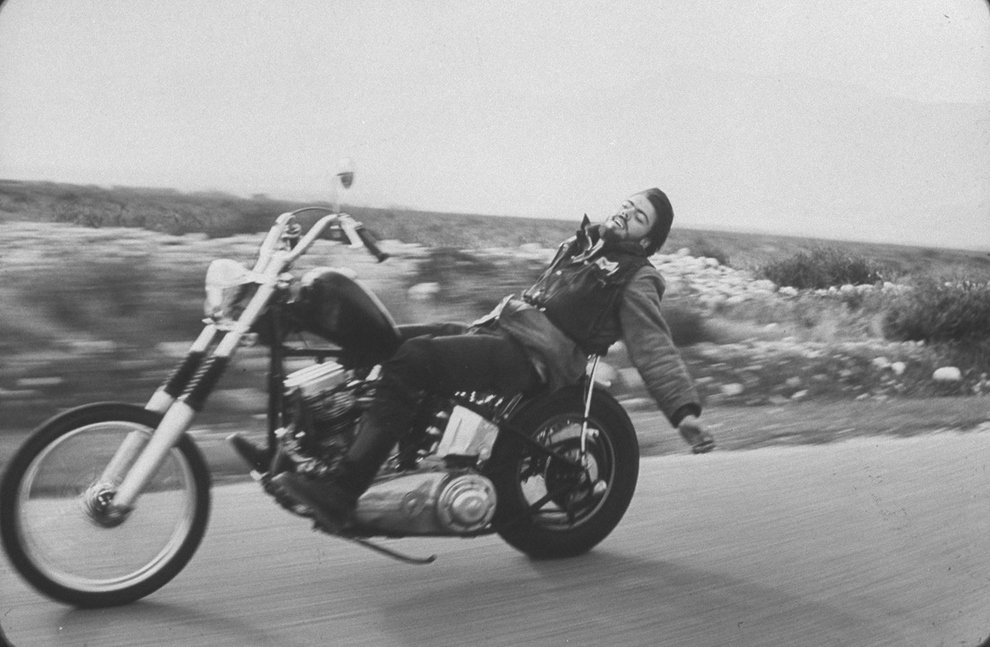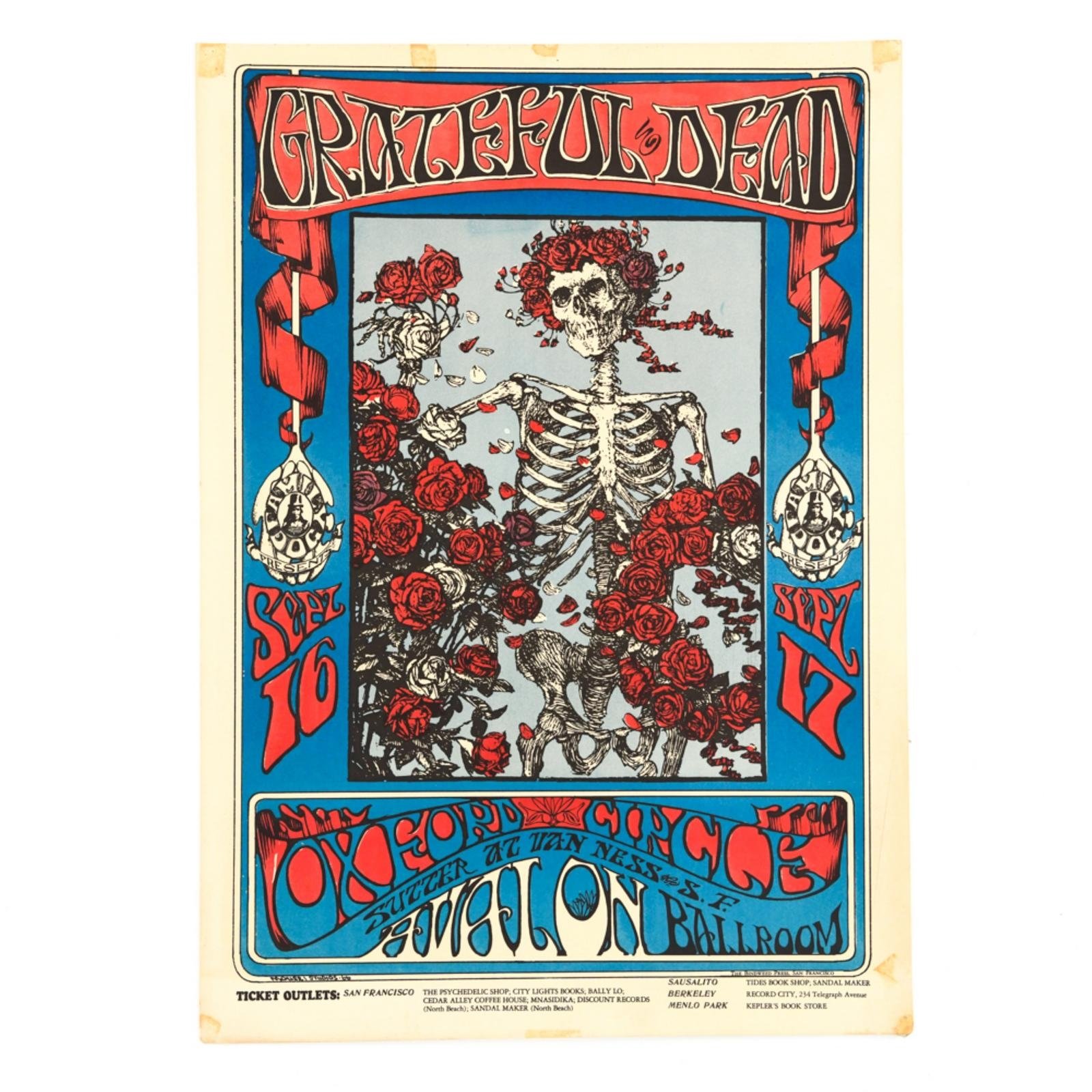Max Rieser
Barking Dog SUpply
I made this because… it has always been a dream of mine to have my own brand. After years of thinking about it, I finally said fuck it and jumped into the deep end. It has been an awesome experience to put my work out for the world to see and expand my creative comfort zone in the process.
Creative Inspiration: One of my biggest inspirations is San Francisco concert poster artists from the '60s and '70s. There was so much experimentation going on in that era and people like Stanley Mouse and Alton Kelly led the charge in creating the visuals to represent that experimentation. Whenever I see these posters, I feel excited and instantly want to pick up a pen and start drawing.
Another Artist I love is Terry Urban. His process is something I admire above all else. He paints so freely and is unafraid to make mistakes. It's amazing to watch. I don't know how he does it but he always seems to get to an exciting place in his work.
From a less visual perspective, I am inspired by books like Fear and Loathing in Las Vegas and On the Road. The feeling of freedom and endless possibilities that these books represent has always fascinated me and is something I am constantly seeking in my personal life and work as a designer.
If this work was an animal: … A Dog
To find more: @BarkingDogSupply and barkingdogsupply.com
Interviewed by Alex Kanter and edited for clarity.
To start a clothing brand in 2024, one needs many things: creativity in their designs, being surrounded by inspirations, and the confidence to share. Max Rieser has all three. Born and raised in Marin, and now calling Bozeman, Montana, home, Max has established both a design studio and a supply company with a congruity to the American West.
Barking Dog Supply was founded in February of this year, with design roots found across the artistic landscape. In this interview, Max tells us about the foundation of the brand, how he finds inspiration, and of course, his dog, Roo.
Tell me about how creativity was perceived in your house. Was it taught? Was it valued?
So my dad is an incredible illustrator, so growing up I just remember watching sports, watching the news, whatever he was doing, he was always sketching. You know when you're a kid, you just want to do what your dad's doing, right? If he's watching sports, you want to watch sports, and if he's drawing while he's watching sports, you’re like, “Give me a pen and paper.” It’s always been something I've done, and I think eventually, if you do something enough, you start to get pretty good at it.

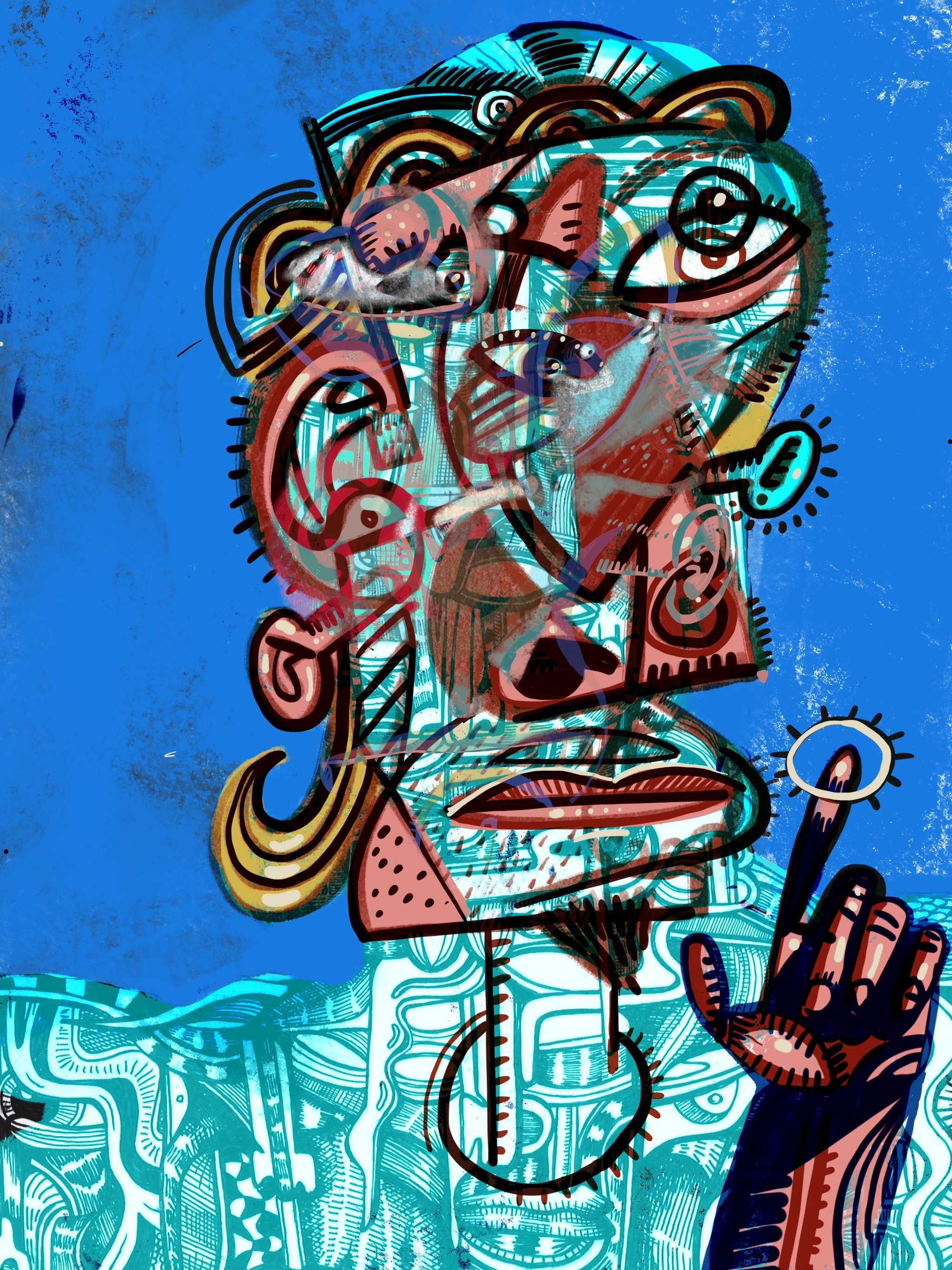
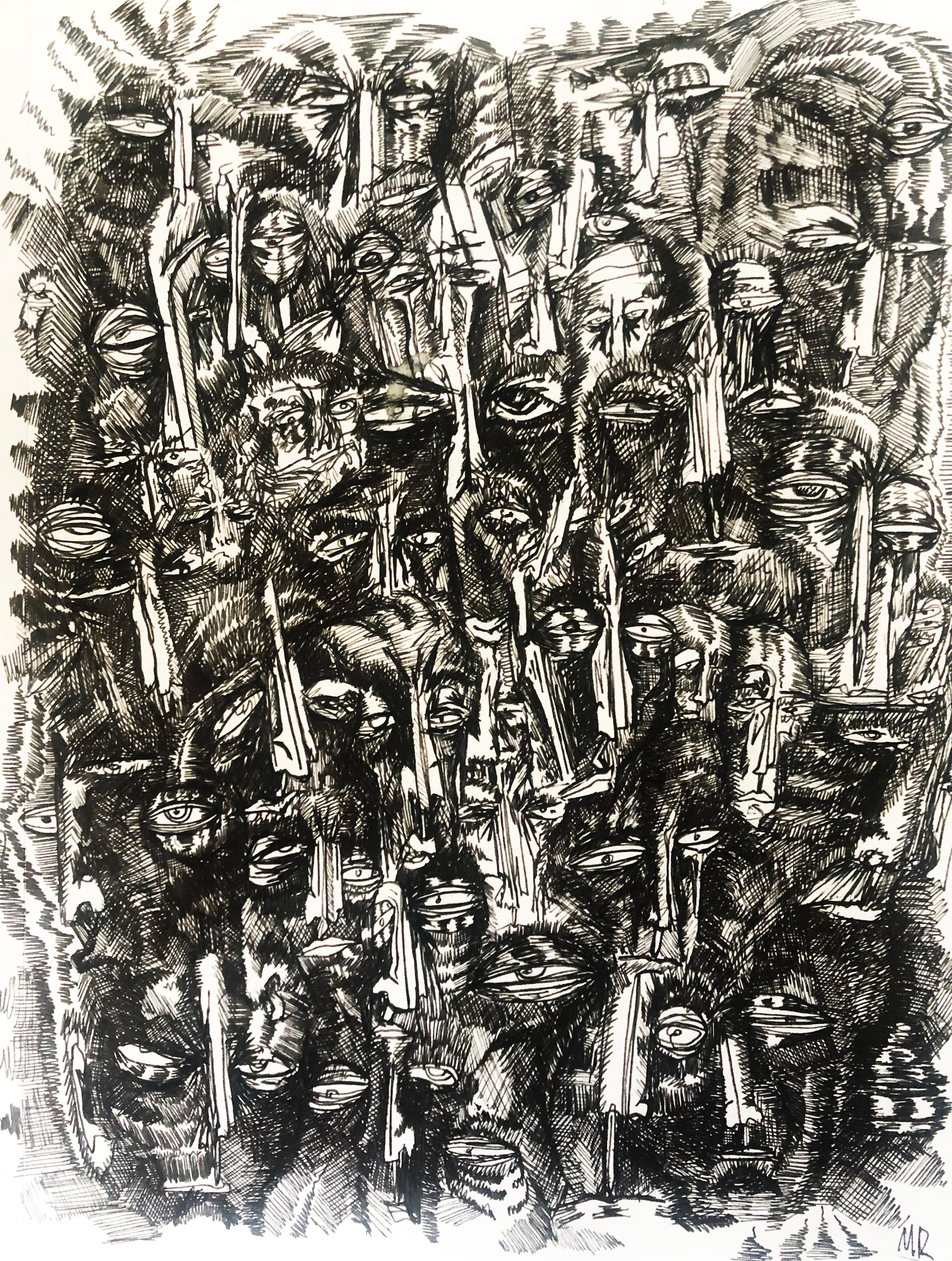
And he supported your art endeavors?
I went to boarding school on the East Coast and my Dad's one rule, he said, "You're actually really good at this, so you're going to take an art class every semester.” So it's always been encouraged, even to this day. I draw things, I send them to my Dad. We talk about the painters we like, we talk about the designers we like, the architects we like, all that stuff.
What did it mean to you to have his validation?
It was great. I mean when you're 14 or whatever and you're getting that validation it helps you go. I was 3,000 miles away from home, and it gave me this connection to him. But even now, I can trust it because he'll tell me if things suck, and that sucks to hear, but it also means that when he's telling me things are good, it gives it a lot more weight in my mind. I'm lucky enough to have a lot of people that support me and what I'm doing, and seem to genuinely like it, but even if they don't, just having some sort of surface level support is still helpful and still gives you that push to say, “All right, next step, we gotta figure it out.”
As you moved through drawing and painting and other mediums, when did clothing become an interest?
Probably in high school. I started doing a little bit of screen printing, which is obviously a major thing in making graphic T-shirts and all that. I started learning the history and the how, but it never really materialized. Then, in college, I actually started doing merch with some restaurants and some other different things. Nothing big, but I was actually putting things out there. I always had someone saying, “Just make shirts, dude, you already have the artwork done, just figure out how to put it on a t-shirt.”
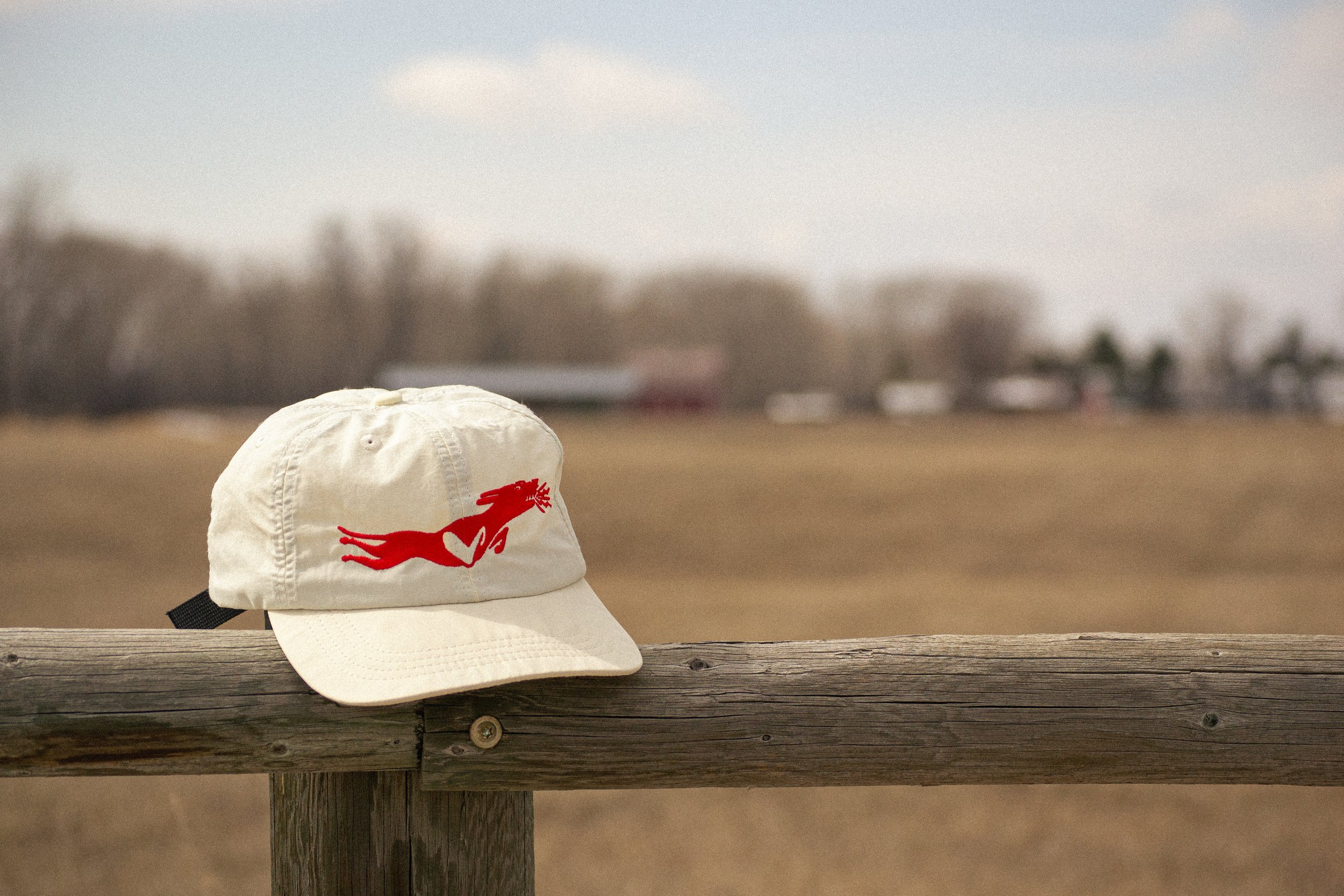
How did you find confidence in what you're making?
So starting out, it made it a lot easier to have a name over it, so instead of it just being 'Max,’ putting 'Barking Dog' over it had a layer of anonymity that made it a little bit easier for me. The next step was actually putting my face out there and that was hard. Talking to the camera about the brand…I would take these videos and they're like 30-second videos of me saying thank you to people who have supported the brand. It would take me a hundred tries to get it out. It was just much easier to put work out there instead of myself. I'm confident enough in my work that people are gonna like it, it's unique enough, and it doesn't feel like it's gonna be a copycat of something else.
Was the full vision for Barking Dog clear at the beginning, or did you just start with the hat and go from there?
I had an idea of what I wanted it to be, like I knew I wanted to have a store at some point, and I had this plan I wanted to stick to, but I can't stick to a schedule for shit. I'd get these notifications [saying], “you gotta do this and this,” and it was just going too slow for me. So, then I was like, “Fuck it, we're making hats. We're gonna start pumping stuff out and selling it.” As I went along, I realized that I would get stuck thinking about how to do things or what to do, rather than just say, “All right, just do it; learn from it; go to the next thing.” It's stressful to do it that way because a lot of things end up not working, and you have to redo them, but having a bit faster feedback loop was freeing for me. It feels like you're doing stuff, rather than feeling like you’re planning to do stuff, which I think is where a lot of people get stuck.
What does it mean to you to take inspiration from Montana? Nature? Do your roots in California find their way into your design?
So Montana, I live here now, and I don't want to be like one of these California posers who comes here and is like 'Mr. Montana blah blah,’ but I have lived in the West for a long time and to me, Montana feels a bit more like the real West that I've always imagined, or you see in the movies. The idea of freedom, wide open space, where you're a couple hours from the next major city. I've always really liked Western-inspired stuff, so growing up, we went to Idaho a lot; you'd go to the rodeos, and see these old Western movie posters. I love it, and what's cooler than fucking cowboys dueling at high noon? That iconography, it all just goes back to this idea of freedom for me.

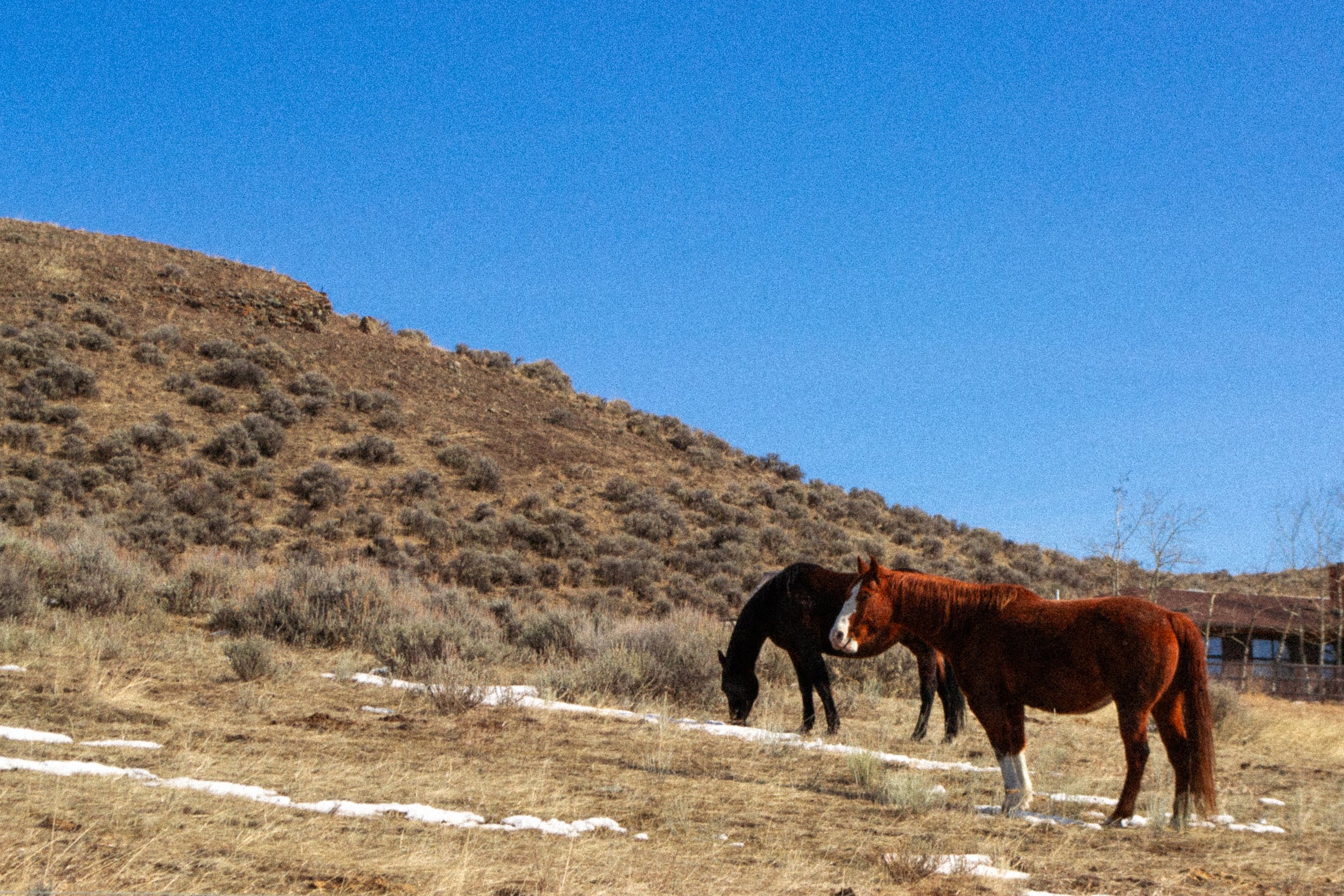
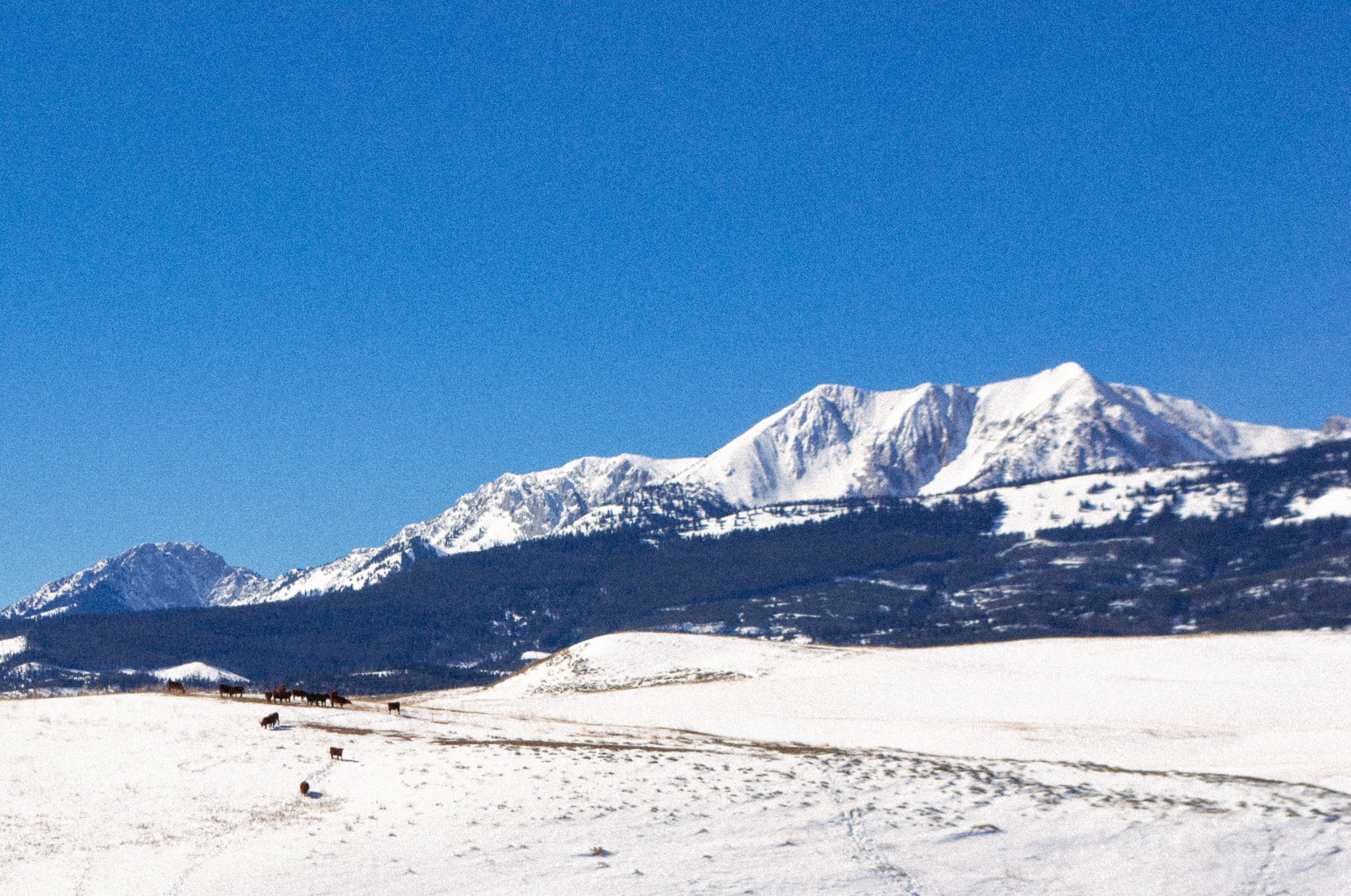
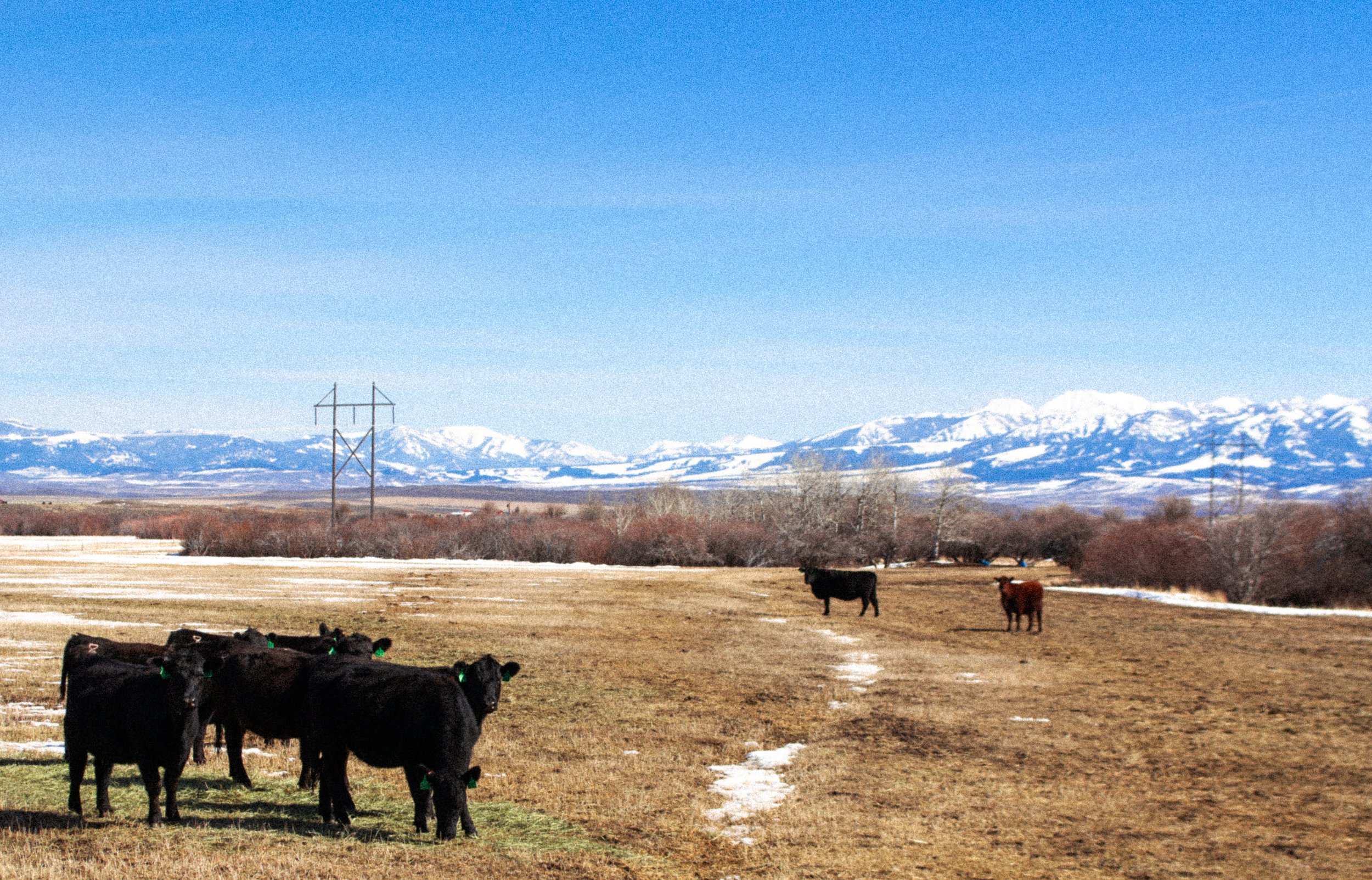

Where else and who else do you draw inspiration from?
I grew up in Marin, around San Francisco, so I've always had a fascination with kinds of counterculture movements like Summer of Love and the rock bands that come from that era. Along with that, I found a lot of inspiration from rock posters. My dad was listening to all this music and then I'm looking it up and seeing these posters, and learning about Stanley Mouse, and these designs that felt authentic. Also just the style of the counterculture movements. You look at Hell's Angels photos from the ‘70s, and they're just so badass. There’s something about that attitude that I like, and that I want to capture.
Tell me about Roo: how did she become the central figure for the brand?
She's the best dog in the world, everyone loves her. She just wants to hang out with you. I was with Roo through some harder times, getting let go of a job in architecture that I loved, and she was right there with me the whole time, through it all, so I'm always with her. The name for Barking Dog came from an article I’d read about why dogs bark, and the main thing was that dogs bark when they're bored.
At the time, I was working a job that I was very bored in, and so one day I was walking Roo and I was thinking that creating this would take me out of that place of boredom, and that’s when Barking Dog Supply came to me. I call her the Chief Morale Officer because sometimes stuff can be frustrating, and then she looks at you like “All right, we're going on a walk,” so it's a good reminder to not take things too seriously. Dogs can't communicate with you, so you have to be patient with them, and they're gonna do annoying stuff, which has taught me a lot about managing the brand. There's gonna be some frustrating times where it feels like it’s not moving at all, and I'm just stuck in the mud, but it all works itself out as long as you're patient, and keep putting the work in.
